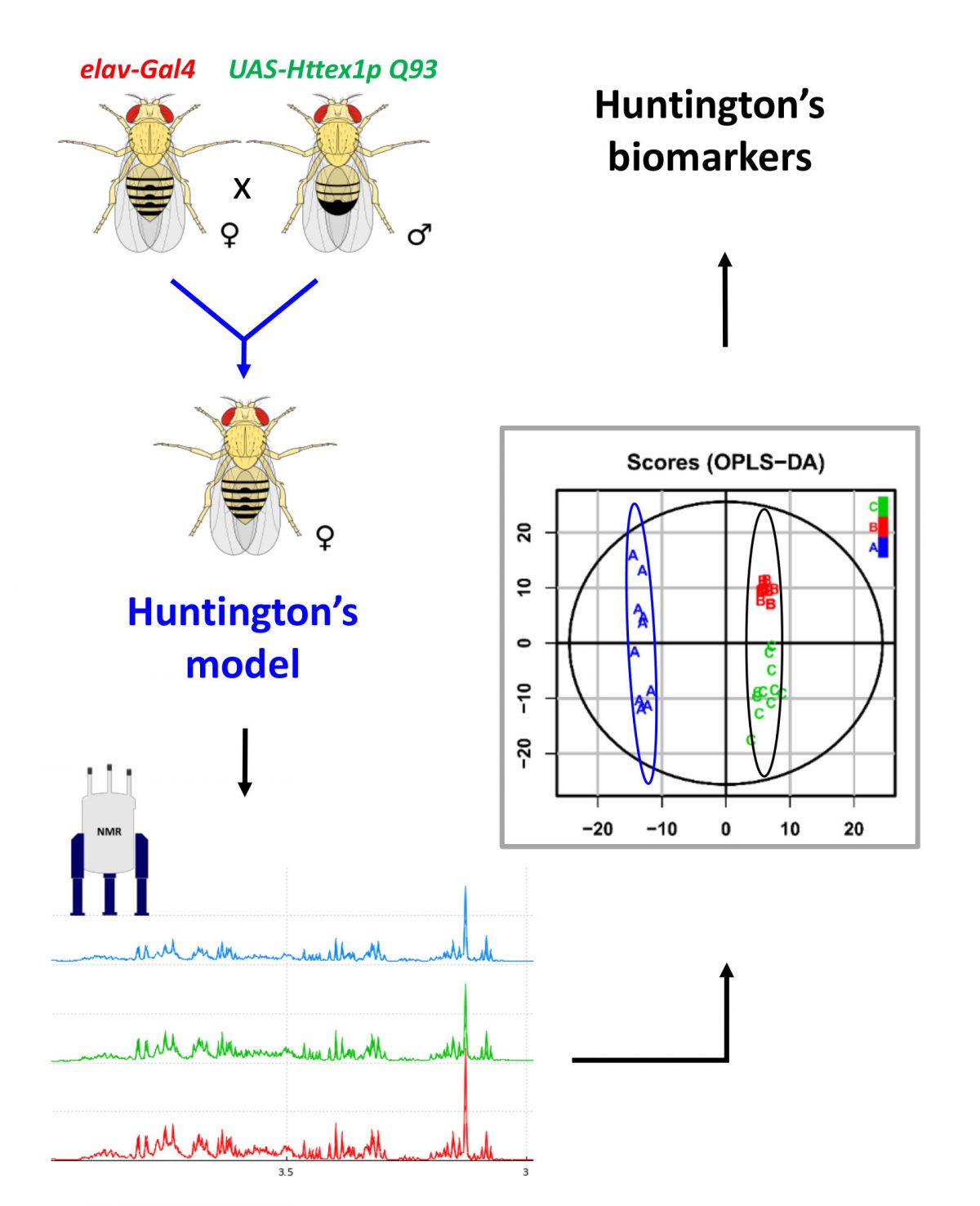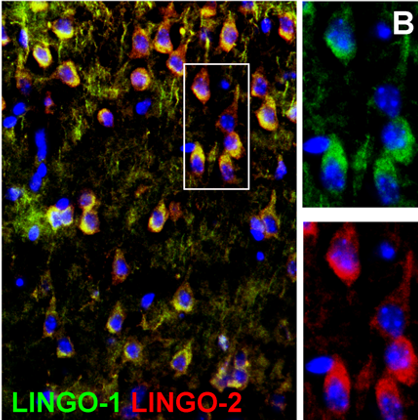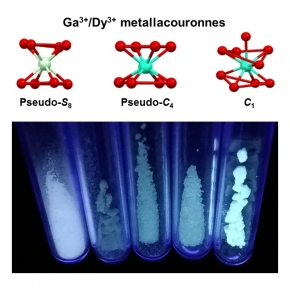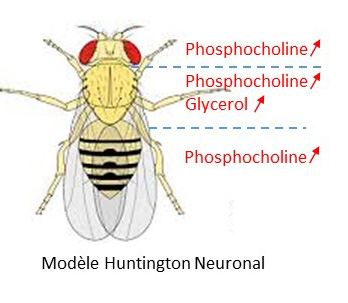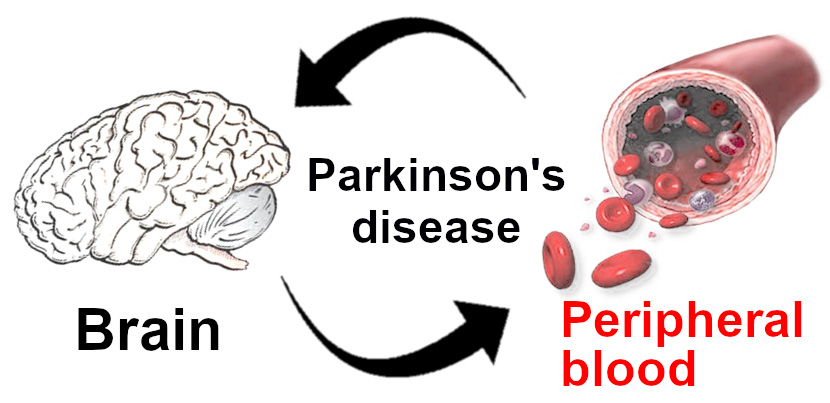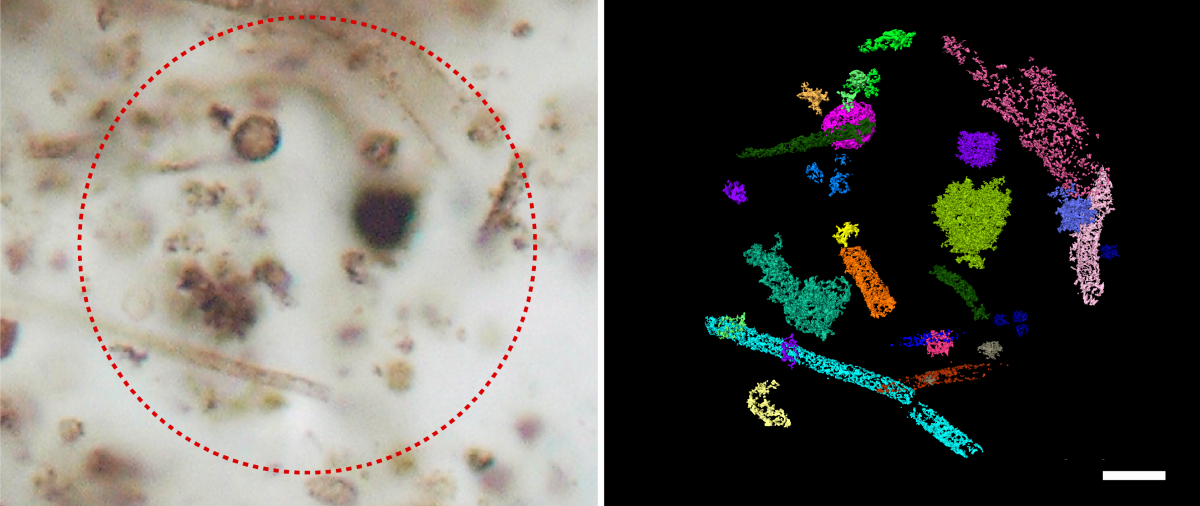Huntington’s disease (HD) is an inherited neurodegenerative disorder, for which diagnostic development and discovery of new therapeutic targets are urgently required. In this study, a model of HD in Drosophila melanogaster has been used to identify metabolic biomarkers at presymptomatic and symptomatic stages of the disease. The pan-neuronal expression of a pathogenic fragment of the human Huntingtin (HTT) protein containing a 93-repeat polyglutamine expansion (Httex1p Q93) in transgenic flies induces a neuropathology with several characteristics of the human disease. The discriminant metabolites between the diseased flies and their controls were identified by 1H-NMR and OPLS-DA multivariate analysis.
The experiments carried out with 10-day-old flies allowed us to identify a set of 10 biomarkers of the presymptomatic stage: NAD+, AMP, fumarate, asparagine, dimethylamine, β-alanine, glutamine, succinate, glutamate, and ethanol. Remarkably, the experiments conducted with 16-day-old flies, when the symptoms of the disease were present, highlighted a different set of 6 biomarkers: phosphocholine, ethanolamine, 2-oxoglutarate, succinate, pyruvate, and acetate. Results provide a better understanding of the metabolic impairments in a widely used HD model and demonstrate that metabolism perturbations change dramatically during the development of the disease.
Metabolomic Nuclear Magnetic Resonance Studies at Presymptomatic and Symptomatic Stages of Huntington’s Disease on a Drosophila Model
Marylène Bertrand, Martine Decoville, Hervé Meudal, Serge Birman, and Céline Landon
Journal of Proteome Research (2020) 19, (10) 4034-4045 - doi : 10.1021/10.1021/acs.jproteome.0c00335

